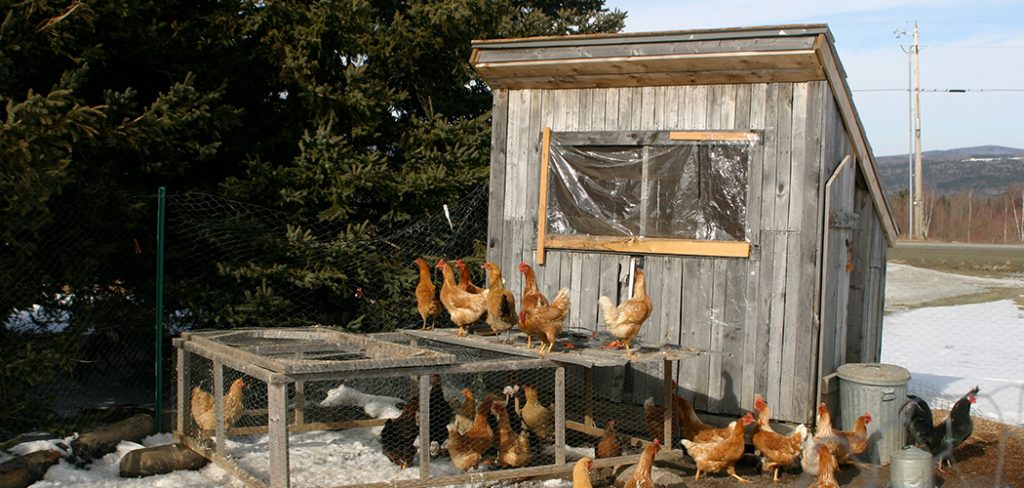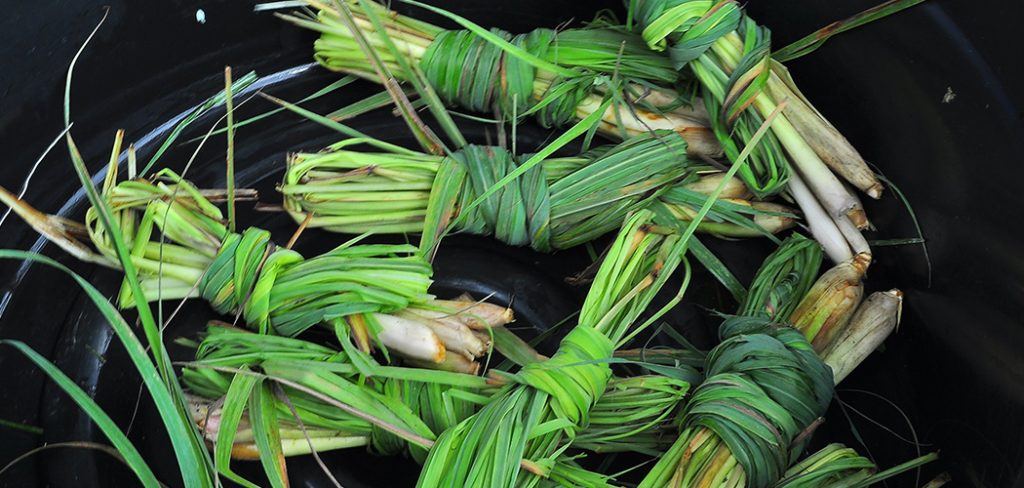Do you know how many plants start with ‘O’? There could be a long list of plants that you can index to your ‘O’ plants found online. But plants such as Orchid, Oleander, and Okra made to our shortlist, and we will get you well acquainted with them here.
1. Orchidaceae, a popular one among the plants that starts with ‘O’.
The orchid has long been a symbol of beauty and love and for many, it is the queen of flowers. This flower blooms in almost all color combinations. There are more than 750 genera of Orchidaceae species and more than 30,000 hybrids. Each species requires different growing conditions, so be careful when choosing an orchid to suit the conditions in your home. Place it in a bright place, but not in direct sunlight. The color of the leaves will show you if the place is suitable. The healthy plant has light green leaves, so if the leaves start to fall or become dark green or yellow, change the place.
Orchidaceae Care :
Orchidaceae species such as Paphiopedilum, Phalaenopsis, and Oncidium are suitable for light storage and are suitable for storage on the north or east side. While Cattleya, Dendrobium, and Vanda should be placed in a warmer and brighter place. From May to September. The leaves can “burn”, so you will need to remove it a little further from the window.
The best temperature is from 18 ° C to 30 ° C. Cold air can cause the leaves to fall or turn yellow. Humid air is also very suitable. Always water it in the morning to avoid condensation that can cause rot. Water it once in winter and twice a week in summer. More watering is needed if it is planted in a clay pot.
It is better to use rainwater or stagnant water at room temperature. As chlorinated water is not suitable and too cold or hot water can damage it.
Transplanting Orchidaceae :
Every 2-3 years, usually in spring, transplant it after flowering. A small pot and soil that is a mixture of moss, tree bark, leaves, fern roots are more suitable and provide good drainage. If you plant it in a large pot, it can slow down the growth because the root will start to develop more. Above the third joint, about half a centimeter is where the flower stalk should be cut. The dormant period happens after flowering. Depending on the species, it lasts from a few weeks to several months and then you need to water it very little. There are species whose leaves will fall off during this period.
FUN FACTS: Some plants like orchids can help with allergies. Read here. Another fun fact is about the name of the Orchid is that it comes to us etymologically even from ancient Greece, and it means testicles, from the Greek word (ορχις), because of its similar shape.
2. Oleander
The Oleander tree is a beautiful evergreen shrub native to the Mediterranean Sea. It has green, spear-like, leathery leaves that grow opposite each other. At the top of the branch there are flowers that bloom several times from June to September. They need a lot of heat and sun to bloom.
Oleander Care :
If the summer is rainy, then it blooms very little. Usually, its colors are white, beige, yellow, pink, and red, and the flowers can be single or multi-layered. In the coastal areas, where it is planted outdoors all year round, it can grow into a shrub up to 5 meters high. Be sure to plant it in a place where there is plenty of suns.
In the continental parts where the winters are cold, it should be planted in large pots in good, humus soil. And during the winter it should be brought indoors. During the winter it should be in a bright place at a temperature of about 5 ° C.
The whole plant will be exhausted, so it is most often attacked by various pests. Otherwise elongated white branches will grow.
It requires a lot of water during the growing season. If it’s planted in a pot, watering it daily is needed. From the beginning of flowering until the end of August, it should be fed once a week. To give it a nice bush shape, it needs to be pruned. It is better to do it in February than in autumn because if it is very cold in winter, the young shoots will freeze.
Propagation of Oleander :
It is recommended to cut the inner branches to give the plant light for older specimens. If it grows too tall, feel free to cut it to the wooden part of the trunk with a sharp, oblique cut. Cut the young plants up to 2/3 of their height to get a nice bush shape. Until the cuttings take root, it should be placed in water.
When transplanting, be careful because the roots are very delicate and brittle. When you cut it, transplant it, etc., be careful and use gloves. Because the Oleander tree is a poisonous plant.
3.Okra, last on our list but definitely not the least among plants that start with ‘O.
Popularly fried in both kops and soups, Okra plants are grown for their long and prominent seeds. It is a tropical plant grown as an annual vegetable found in many Orka recipes.
Okra is the same family as cotton, hollyhocks, and hibiscus. Its flowers are very similar to hibiscus and it makes a beautiful ornamental plant as well. The seeds of legumes are especially useful for thickening broths because of their resin mucosa. Okra plants are extremely dry and heat resistant. And is a popular vegetable in many countries with severe growing conditions.
We do not suggest touching them because they have a pronounced spine and is hairy. For example, you can use gardening tools and gardening gloves or a piece of the cloak. We suggest that you harvest them when they are in their young or small growth.
Okra can grow big for a couple of days. It is a surprisingly fast grower plant. As larger warts develop, they become tighter and heavier. If it sticks, it is not yet touchy and hairy, and yet it should be good to eat. If not, it makes a nice addition to a flower arrangement. Okra has all the vitamins and ingredients like most foods. Especially when freshly picked. What is left, can be put in a cold place or in a refrigerator.
More on Plants that Start with ‘O’ :
Oh, how many flowers, plants exist that start with ‘O’, and we cannot do all of them here. I hope you liked these flowers, so maybe they left an impression for further reading or cultivation. You probably already have a favorite. But since we do not have space, now we will only list a few flowers of the letter O, such as Olive, Oxalis, Onion, Osmanthus, Orange, and so long and so forth.

